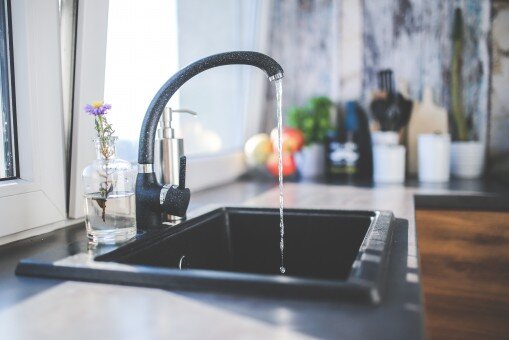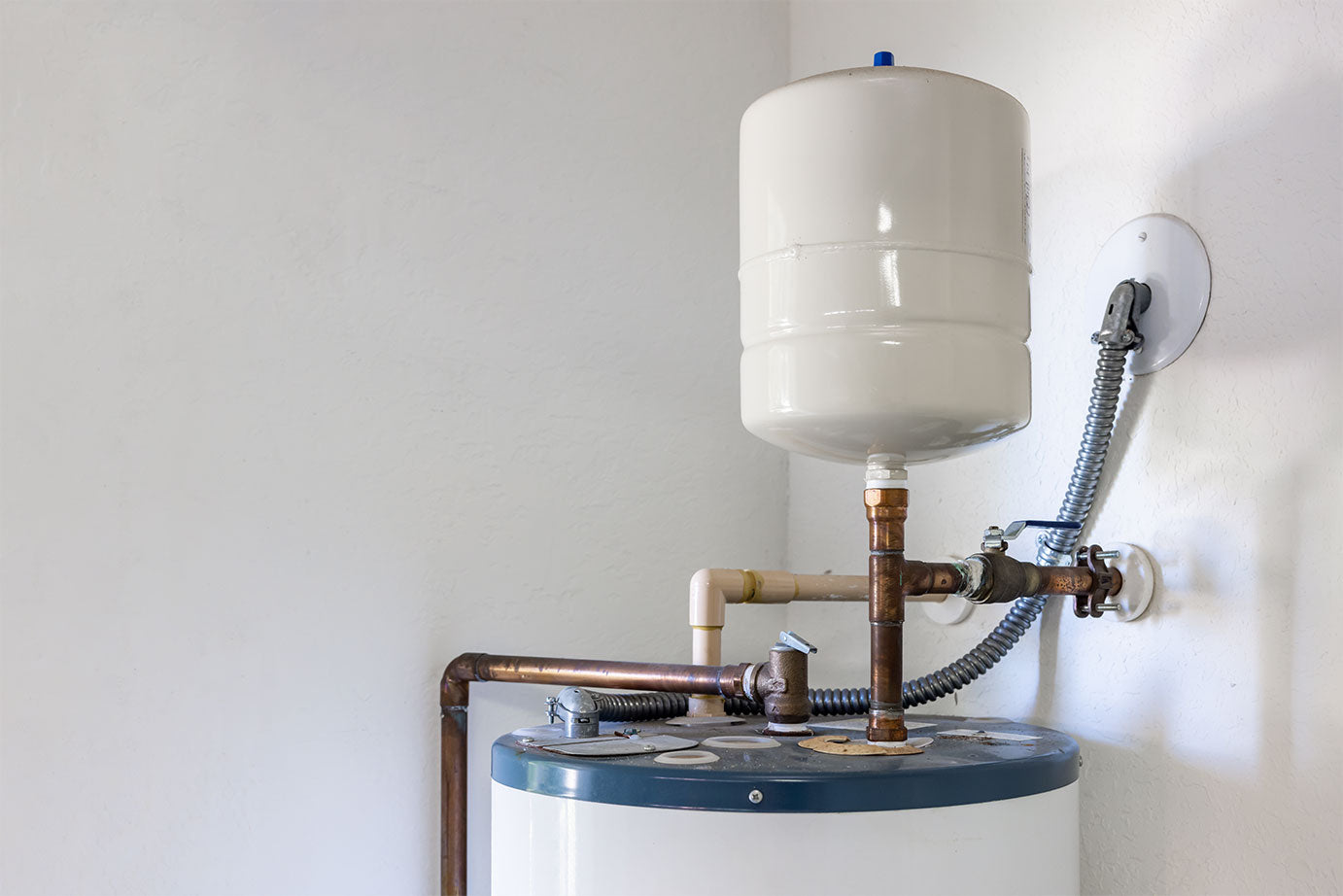What are your ideas concerning The Future Of Plumbing: Trends And Technologies To Watch?

Intro
The pipes sector is going through a transformative phase driven by technical developments and growing concerns for sustainability and efficiency. This write-up discovers emerging fads and advancements forming the future of pipes.
Smart Pipes Equipments
Integrating clever modern technology into plumbing systems makes it possible for remote surveillance, leak discovery, and automated upkeep. Smart sensing units and IoT (Web of Points) devices enable house owners and plumbing professionals to keep track of water usage and discover issues in real-time, resulting in more reliable source administration and aggressive upkeep.
Water Efficiency Solutions
With boosting focus on water preservation, ingenious remedies are being developed to minimize water wastefulness in plumbing systems. High-efficiency components, greywater recycling systems, and clever irrigation controllers are amongst the technologies assisting consumers lower their water impact while preserving comfort and comfort.
Sustainable Products
The change in the direction of sustainability includes plumbing products, with a growing preference for environmentally friendly choices. Eco-friendly piping products, such as PEX (cross-linked polyethylene) and HDPE (high-density polyethylene), deal longevity and resistance to corrosion without endangering environmental stability.
Predictive Maintenance
Anticipating maintenance techniques utilize data analytics and machine learning formulas to prepare for and protect against plumbing issues prior to they occur. By evaluating historical data and efficiency metrics, predictive upkeep algorithms can identify patterns and abnormalities, allowing aggressive treatments to avoid pricey repair services and interruptions.
Increased Reality in Plumbing
Enhanced Fact (AR) technology is reinventing plumbing by giving specialists with real-time visual assistance for repairing and repair service jobs. AR-enabled clever glasses or mobile applications overlay electronic info onto the physical setting, aiding plumbings picture pipeline formats, recognize concealed leaks, and carry out repair services with accuracy.
Influence of 3D Printing
The advent of 3D printing has presented new possibilities in manufacturing pipes parts. From custom-designed fixtures to intricate pipeline fittings, 3D printing allows for fast prototyping and on-demand manufacturing, reducing lead times and making it possible for better personalization in pipes design.
Health and Safety Features
In feedback to heightened concerns for health and safety, plumbing fixtures are integrating functions such as antimicrobial surface areas, touchless operation, and self-cleaning systems. These technologies not only enhance hygiene but also promote individual convenience and benefit.
Hygiene-focused Fixtures
Touchless taps, self-sanitizing toilets, and antimicrobial surface areas are becoming progressively prevalent in domestic and industrial setups, minimizing the threat of bacterium transmission and advertising a cleaner, healthier environment.
Water Quality Surveillance
Advancements in water high quality tracking innovations enable property owners to keep track of the pureness and security of their water supply in real-time. Smart water quality sensors can detect impurities, pH levels, and temperature level variations, empowering individuals to take proactive steps to make sure water safety.
Remote Plumbing Providers
Remote diagnostics and online aid are reinventing the method pipes services are delivered. Via video conferencing and remote gain access to technologies, plumbings can fix concerns, give assistance for DIY repairs, and also do remote evaluations, supplying higher access and convenience to property owners.
Difficulties and Opportunities
While plumbing advancements hold immense pledge, they additionally present challenges such as data privacy concerns, regulatory conformity, and the requirement for workforce training. Attending to these challenges requires cooperation between industry stakeholders and governing bodies to make sure safe and liable application of brand-new modern technologies.
Regulative Landscape
Regulatory frameworks play a vital role in shaping the adoption of plumbing advancements, with standards and codes governing whatever from water performance to product safety and security. As modern technologies continue to evolve, governing bodies should adjust to make sure customer defense and environmental stewardship.
Future Overview
The future of pipes is characterized by proceeded innovation and assimilation with various other industries such as IoT, renewable resource, and building automation. By embracing lasting techniques, leveraging emerging technologies, and focusing on user-centric layout, the plumbing market is positioned to deal with the evolving demands of culture while lessening its environmental footprint.
Final thought
To conclude, the future of plumbing is defined by a convergence of technology, sustainability, and user-centric style. By embracing clever remedies, lasting products, and positive maintenance methods, the pipes market can improve performance, advertise safety, and contribute to a much more lasting future.
Plumbing Industry Trends You Need To Know
Smart technology in plumbing
Homeowners want to be able to manage their homes from their phones. The technology exists to make that happen. From smart toilets to leak detector devices, the whole plumbing system can be managed on an interconnected network made up of sensors, IoT devices, and machine learning algorithms.
This allows for wireless control to turn appliances on and off, automate routines, and access advanced monitoring to track water usage and flag potential issues. Smart technology streamlines water consumption, maintenance and energy usage, creating a more efficient system.
Green plumbing
The data analysis possible with smart technology not only improves convenience and cost-effectiveness but also fulfills a high-priority customer desire – sustainability. Consumers are very aware of their impact on the planet and want plumbing solutions to reduce damage and support sustainability. Eco-friendly plumbing solutions are already starting to emerge.
Customers can opt for low-flow toilets, water-saving faucets, and connections to sustainable energy sources. Beyond monitoring water consumption, customers can conserve water through the installation of greywater systems. This is a system that collects water that has been used but is still clean enough for some household uses such as toilet flushing.
Shorter product pipeline
To keep up with modern plumbing, plumbers need modern tools that enable them to complete jobs more efficiently. One technology making strides in this area is 3D printing. By 3D printing key plumbing fixtures, plumbers can reduce wait times even for specialized fixtures. It minimizes delays often seen in traditional manufacturing that frustrate customers and prevent plumbers from taking on more work.
Off-site repairs
Augmented reality is making a splash in many industries including plumbing. Plumbers can map a building online so they can explore the plumbing system through augmented reality, identifying areas of maintenance and repair completely digitally. This technology can be applied quite widely in plumbers’ work including planning installations and training new recruits. It’s safer, smarter and more efficient.
Low-footprint materials
Another way for plumbing companies to reduce their environmental footprint and meet the customer demand for sustainability is by using recycled materials in their work. The products they source and manufacture such as pipes, fixtures and faucets can be made from recycled materials. This saves the planet while being just as effective.
Onsite water purification
Additionally, plumbing companies can be advocates of water conservation and ease the financial and environmental concerns of customers by offering water purification systems. New water purification technology such as reverse osmosis systems and UV systems make it possible for homeowners and business owners to thoroughly cleanse water, removing contaminants onsite. This means the water can be safely reused in more ways than greywater can be, establishing a water recycling loop.
Tankless water heaters
Another innovation of modern plumbing is tankless water heaters. The idea is that the water is heated on demand as it runs through the system instead of being heated in a water tank. This is more energy efficient and therefore cost-effective and eco-friendly because water isn’t heated needlessly.

I'm certainly very enthusiastic about The Future Of Plumbing: Trends And Technologies To Watch and I really hope you liked my post. Do you know somebody else who is in to the subject? Feel free to share it. Thank you so much for going through it.
Request Free Estimate
Comments on “Upcoming Developments and Innovations in Plumbing: What's Ahead”